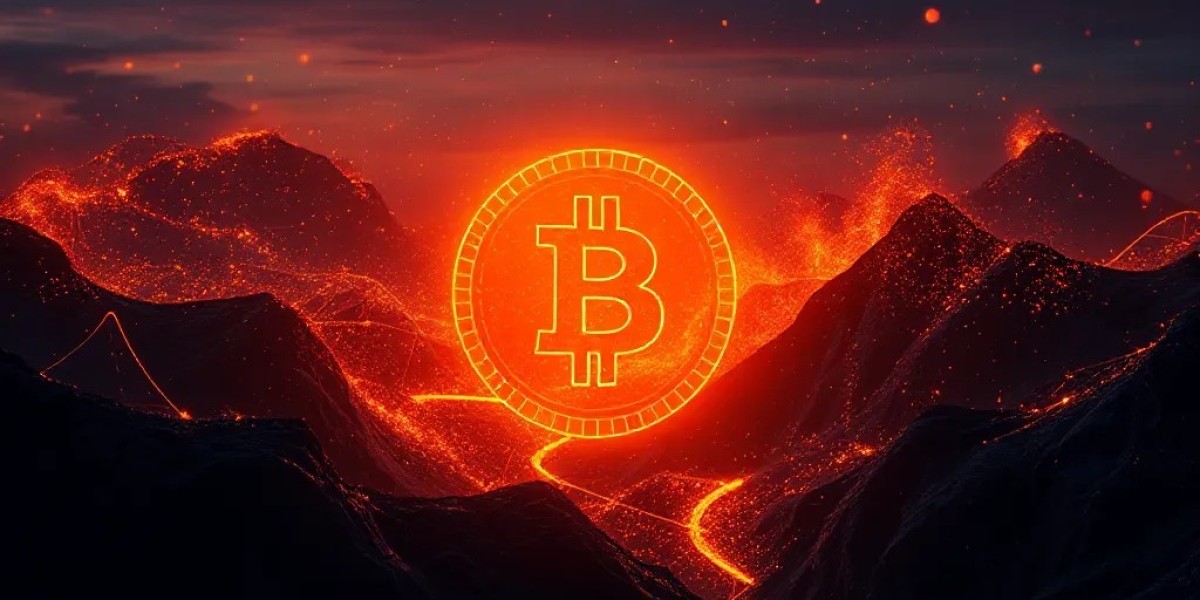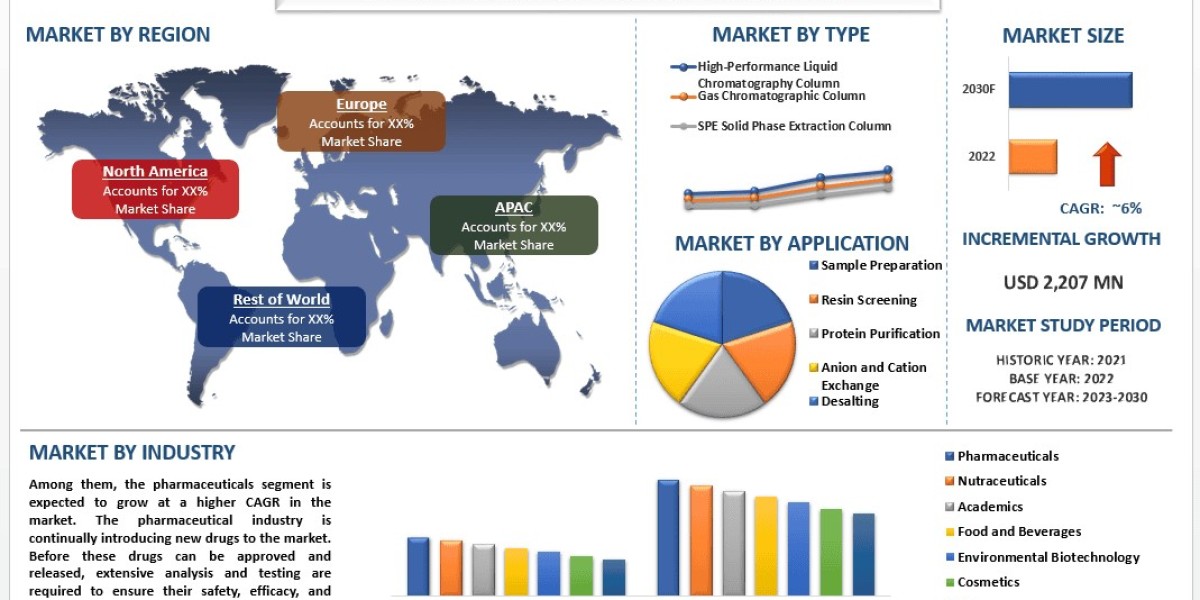In the evolving landscape of digital assets and decentralized systems, the creation of tokens has emerged as a core strategy for individuals, startups, and enterprises seeking to harness the transformative power of blockchain technology. A token is not merely a tradable unit of value on a blockchain—it is a programmable tool that represents rights, ownership, access, governance, and incentives. The question of “why one should create a token” goes far beyond speculation or trend-following; it is about enabling new economic models, aligning stakeholders, and decentralizing control within ecosystems that are no longer constrained by traditional borders or legacy systems.
At its core, token creation is a means of encoding trust and value into digital interactions. As the world continues its shift toward Web3, decentralized finance, and tokenized real-world assets, tokens have become critical levers for building transparent, resilient, and community-driven platforms. This article explores the fundamental reasons for creating a token, providing a deeper understanding of its multifaceted benefits and strategic utility.
Establishing Economic Incentives in Decentralized Systems
One of the most compelling reasons to create a token is to design and implement a self-sustaining economy around a decentralized application (dApp), protocol, or platform. Traditional companies often rely on fiat currencies and centralized billing models to manage access and monetization. However, in a decentralized context, tokens serve as internal currencies that reward participation, usage, and value creation in a much more granular and automated way.
Take the example of Helium Network, which uses the HNT token to incentivize users to deploy and operate wireless hotspots. Instead of building a centralized infrastructure, Helium aligns the financial interests of individuals with the growth of its network. The token ensures that those who contribute bandwidth and coverage are directly compensated, reducing capital expenditure and promoting scalability. Without the token as an incentive layer, the decentralized rollout of such infrastructure would be far more challenging.
Similarly, in many decentralized finance (DeFi) platforms, tokens are used to reward liquidity providers, pay for transaction fees, and facilitate governance. Uniswap, one of the largest decentralized exchanges, uses its UNI token to align user interests, drive community engagement, and distribute control of its protocol.
Creating Community Ownership and Governance
Tokens allow creators to transfer power from centralized entities to the community itself. This represents a seismic shift from the traditional shareholder model to a participatory governance framework where decisions are proposed, debated, and voted on by token holders. Such a setup not only increases transparency but also enhances the legitimacy and resilience of the ecosystem.
Projects like MakerDAO or Compound exemplify this transition. Their respective tokens, MKR and COMP, give holders the ability to propose and vote on changes to lending parameters, stability fees, collateral types, and other protocol elements. The decentralization of decision-making ensures that no single actor can unilaterally control the future of the system, and it gives users real agency in shaping the services they rely on.
This governance utility is a particularly strong motivation for organizations looking to evolve into DAOs (Decentralized Autonomous Organizations), where operational decisions are executed via smart contracts governed by collective input rather than a traditional executive board. Creating a token becomes a foundational requirement to enable such transitions.
Tokenization of Real-World Assets and Ownership
Another increasingly popular use case for token creation is the tokenization of real-world assets. This involves representing ownership of tangible assets—such as real estate, artwork, commodities, or company shares—on the blockchain in the form of tokens. These tokens are fractional, tradable, and secured by smart contracts, making investment more accessible and efficient.
By issuing tokens that represent shares in a property, for example, a real estate developer can open up investment to a global audience. Instead of relying on institutional investors or bank loans, they can raise funds from a distributed network of backers, each of whom holds a token that certifies their ownership. This process not only democratizes access to high-value assets but also increases liquidity in traditionally illiquid markets.
The real estate tokenization project RealT exemplifies this trend. It allows users to purchase fractional ownership in rental properties in the U.S., receiving rental income directly through blockchain-based distributions. The token here is more than a digital placeholder—it’s a verified financial instrument that bridges the physical and digital worlds.
Fundraising and Bootstrapping Innovation
One of the earliest and most transformative applications of token creation was in the realm of fundraising, particularly through Initial Coin Offerings (ICOs), Security Token Offerings (STOs), and more recently, Initial DEX Offerings (IDOs). By creating a token and selling it to early supporters, startups can raise capital without relying on traditional venture funding or incurring debt.
This method offers a more inclusive model of investment. Contributors from around the world can participate, and in return, they often receive utility tokens that grant access to a platform’s services or governance features. This model has allowed hundreds of blockchain projects to bring their ideas to life without the friction of conventional funding channels.
Filecoin’s 2017 ICO, which raised over $250 million, remains one of the most successful cases in this domain. The FIL token was used both as a means of fundraising and as the operating currency within its decentralized storage network. Contributors became stakeholders in a new type of internet infrastructure, setting the stage for long-term participation and upside.
Enhancing Liquidity and Market Access
Creating a token also opens the door to liquidity and interoperability across a wide array of blockchain ecosystems. Tokens can be listed on decentralized or centralized exchanges (DEXes and CEXes), allowing users to freely trade them against other assets. This creates dynamic, real-time markets for services, content, or goods without the need for banks, brokers, or payment processors.
Moreover, tokens enable composability—a unique feature of Web3. Once a token exists on-chain, it can interact with other dApps, protocols, and services without needing additional integrations. This creates an open financial architecture where developers can stack services like building blocks. A lending platform, for example, can automatically accept a token from a gaming protocol as collateral, thereby extending the utility of the asset.
Liquidity is further enhanced through mechanisms like staking, yield farming, and liquidity mining. These activities allow users to earn rewards by locking or providing liquidity for a token, creating deeper engagement loops and reducing the risk of token abandonment.
Data Sovereignty and Identity Management
In an increasingly digital world, the concepts of identity and data ownership are being reevaluated. Tokens offer a novel solution to identity management by enabling self-sovereign identity (SSI) systems, where users control their data through tokenized credentials.
Rather than relying on centralized identity providers like Google or Facebook, blockchain-based identity systems issue cryptographic proofs tied to tokens. These can be used to access services, verify credentials, or participate in governance. Projects like Civic and KILT Protocol are pioneering this space, using tokens to create trust layers that preserve privacy and user control.
By creating a token tied to identity, businesses can enable seamless login systems, gated content access, or tiered services based on verified credentials—all while minimizing data exposure and enhancing user security.
Conclusion: More Than a Currency, a Foundation for Ecosystem Growth
Creating a token is not just a technical or financial exercise—it is a strategic move that enables innovation across governance, economics, fundraising, and engagement. Tokens represent programmable value, offering builders the tools to design systems that are more open, equitable, and efficient than their centralized predecessors.
In a world where digital interaction is becoming default, and community participation is essential, tokens serve as the connective tissue between stakeholders, applications, and infrastructure. Whether you're launching a startup, decentralizing an existing service, or exploring new asset models, token creation allows you to define new rules of ownership, participation, and trust.
As blockchain technologies mature and regulatory frameworks evolve, the rationale for creating a token will become even stronger, with clearer standards, legal backing, and integration pathways. For now, the innovators who understand not just how to create a token, but why to do so, will be the ones shaping the next wave of digital transformation.








